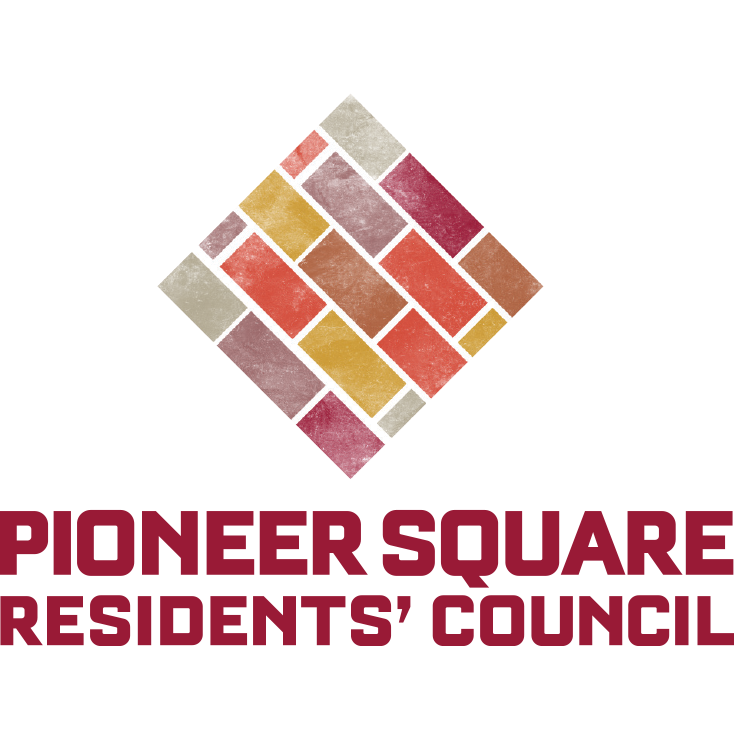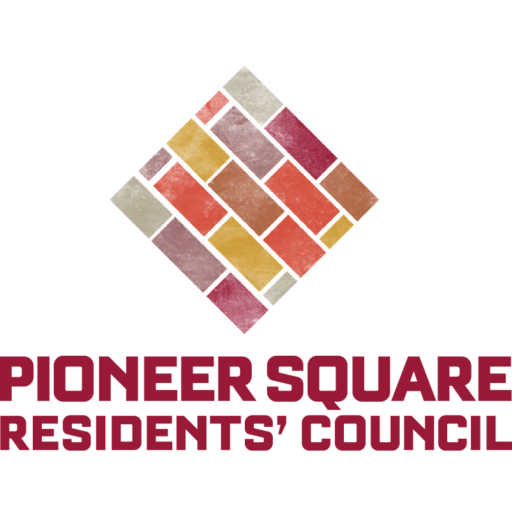10 May Come Celebrate the 100th Anniversary of Union Station
Please come to a community open house celebrating the 100th anniversary of Union Station and the launch of “Trail to Treasure“, a historic interpretive trail through Pioneer Square. The celebration will feature walking tours, information about planning efforts affecting the neighborhood, a live brass band and model train exhibit.
Friday, May 20, 2011
2 p.m. to 7 p.m. Open House
5 p.m. Speakers and presentation
Union Station
401 South Jackson Street
Seattle, WA 98104
The guest of honor can’t blow out the candles, but there’s still good reason to mark this 100th birthday. The centennial of Union Station – an important piece of Seattle’s transit history – takes place in May 2011.
Now Sound Transit headquarters, Union Station opened on May 20, 1911, and was home to the Oregon-Washington Railway & Navigation Company (later Union Pacific Railroad); the Milwaukee Road transcontinental railroad joined a week later.
The station’s Beaux Arts styling with classical proportions and ornamentation were fused with a red brick façade; the combination was called “progressive” by the Seattle Times in the day. The station’s interior arched span measured 60 feet wide by 160 feet long and was the city’s largest. The building was both modern and refined. In addition to its massive Great Hall, it included a men’s private smoking room and barbershop, a women’s waiting room and rest area, and a separate waiting room for immigrants.
Union Station housed passenger rail service for the next 60 years, though it was a struggle at times. America’s car culture and the Great Depression combined to reduce train traffic by 70 percent between 1916 and 1935. World War II brought new energy to Union Station with thousands of Pacific-bound soldiers stopping along the way. In the ‘50s and ‘60s, construction of interstate highways and popular new passenger airplanes dealt huge blows to train travel. After Amtrak took over national passenger rail service in 1971 and named King Street Station its terminal, Union Station closed.
The building fell into disrepair and was mostly shuttered for the next three decades. In 1998, Union Station Associates, LLC (a partnership of Paul Allen and Nitze-Stagen & Co.) agreed to restore the historic building for use as Sound Transit headquarters. The $21 million renovation was completed and the reborn Union Station was christened as Sound Transit headquarters on Oct. 16, 1999.
Hosted by: Alliance for Pioneer Square, Sound Transit, and National Park Service




Sorry, the comment form is closed at this time.